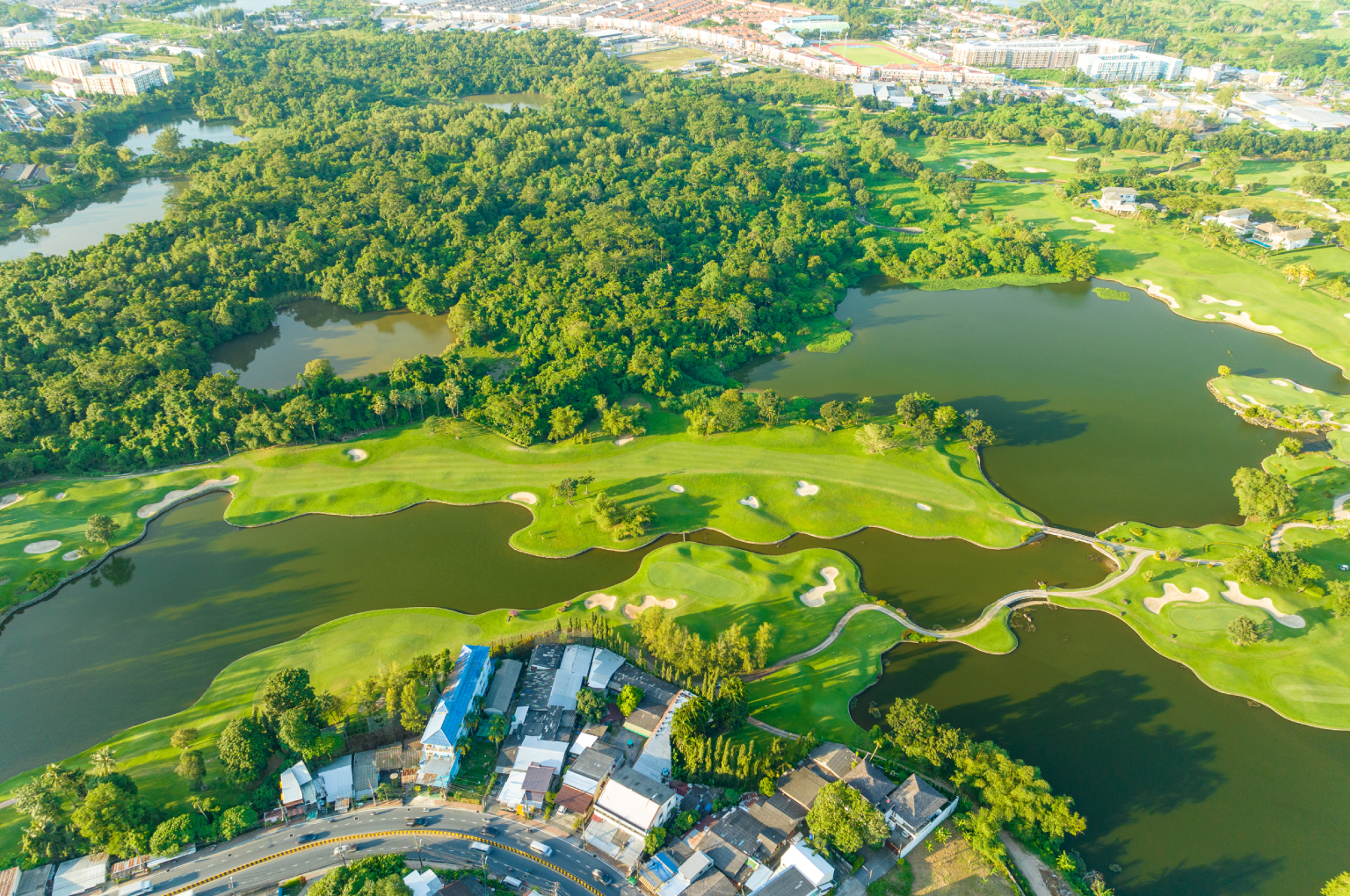Introduction: Sustainability in designing golf courses.
Mitigation, efficiency, cost-reduction, conservation, optimisation, local/regional, are among the driving terms encountered when attempting to understand the overall themes surrounding sustainability in golf course design. Golf course design revolves around environmental, social, and economic aims, effects & themes. Through sustainable design practices and engineering, golf course developers produce facilities that provide recreational opportunities, are economically and environmentally sustainable, and are placed into practice among top golf course architects.
The Most famous golf architects employ the following planning and design principles:
- Site Selection: The selection of areas to construct golf courses can incorporate the avoidance of sensitive areas, such as those areas which are not disturbing wetlands, natural habitats, or endangered species. The conservation of these natural land areas deemed under threat of elimination aids sustainability and is employed by golf design companies.
Rehabilitating used/degraded landscapes: Planning/designing, rehabilitating and selecting degraded land would aid sustainability by restoring sections of the environment and eco system.
- Assessments of the environmental impact of golf course construction: appropriate and detailed assessment of the environmental impact of golf course construction is a requirement in order to mitigate & provide adequate modelling of how construction affects the immediate environment.
3. Integration of design: Prior approaches have inevitably required consultation with ecologists, hydrologists and landscape architects to yield designs harmonised with the natural landscape. Sustainable construction practices: The application of sustainable construction practices is critical to minimise environmental impact and resource conservation and increase long-term viability. - Selection of non-toxic materials: Non-toxic materials are viable alternatives for toxic materials as they are more suitable for sustainability and are not degrading and leaching poisonous byproducts into the environment for golf course design firms.
- Using locally sourced materials: Using locally sourced materials provided by local suppliers enables sustain
- Using renewable materials Decreases emissions and the footprint of the sourcing and supply chain, supports regional character, and results in a reduced overall environmental impact.
- Recycled content: Using recycled content for materials and selecting appropriate recycled content contributes to sustainability.
- Soil and turf management: using native grasses and plants, requiring less water/chemicals.
6. Using organic amendments: Soil enrichment carried out using organic matter is an approach that aims to reduce the requirements/need for chemical fertiliser.
Conclusion: Building a sustainable golf course requires a comprehensive approach integrating construction, technological, environmental, social, and economic considerations. By adopting these sustainable practices, golf course developers can create facilities that provide recreational opportunities and contribute positively to the environment and the community. Using sustainable materials, selecting and upholding conservational practices for land, utilising renewable energy technologies, as well as construction materials that conserve energy, and seeking to reduce the overall footprint of sourcing and supply chain are among some of the various methods Golf Design India utilises as part of sustainability for golf course design as a renowned golf course contractor.


YOUR COMMENT